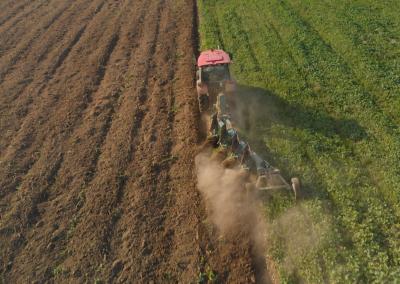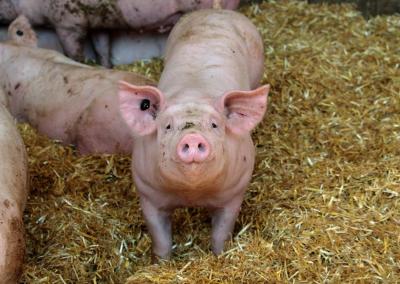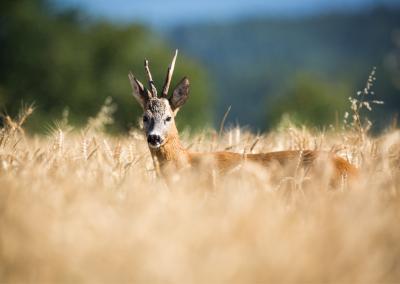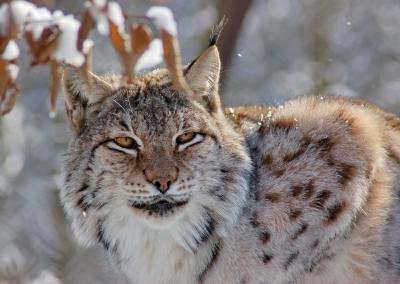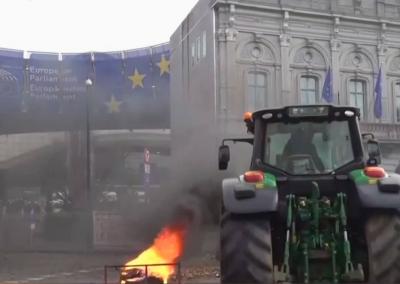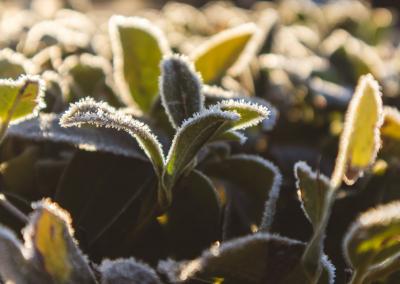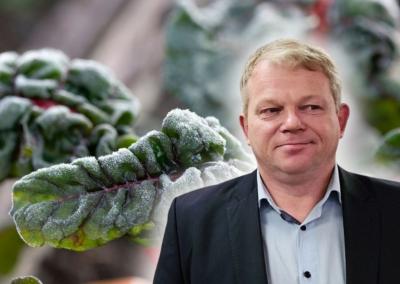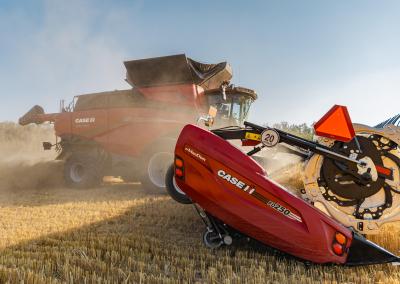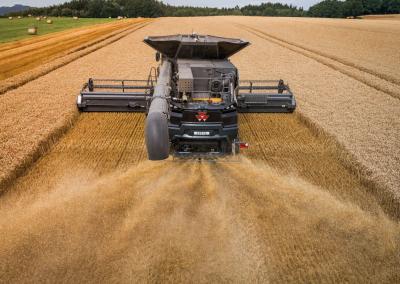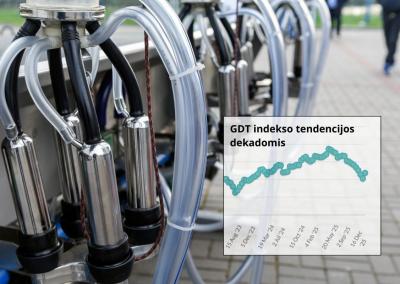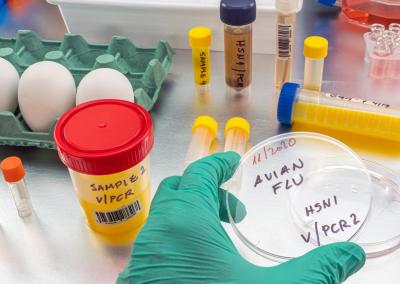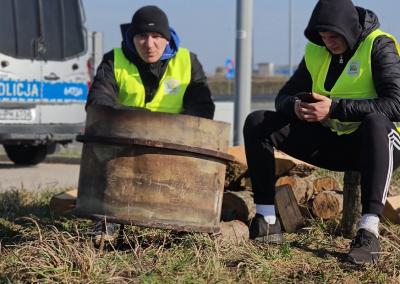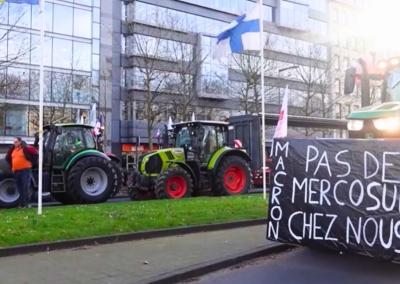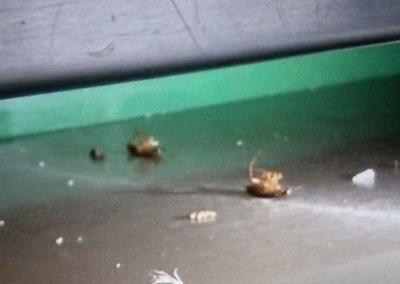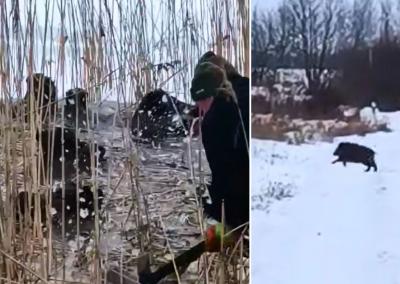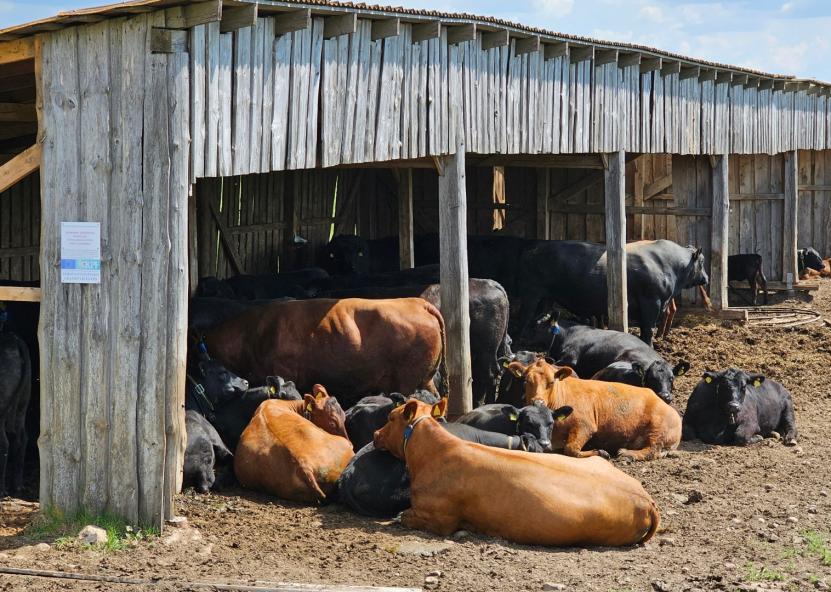Farm animals are just as hot as we are: how to help them?
The HVO reminds owners or those responsible for animals to be well prepared for the heat to ensure the welfare of farm animals. It is important to monitor weather forecasts and prepare for possible changes in environmental conditions, as summer can bring unexpected downpours with lightning, winds or thunderstorms. Animals should be checked regularly throughout the day for signs of heat stress. It is very important that animals have enough water on hot days and that animals kept outdoors have – shade. Practical tips for keepers of farm animals:
Water supply. Water troughs or tanks should be large enough for all animals to have easy access. If large numbers of animals are kept, the number of watering points and the water flow should be increased. Animals need to know the location of the water before the heat starts.
Shelter provision Animals need shelter for long periods of time in extreme temperatures.
This is especially important for young, old or sick animals. If there is insufficient shelter for large groups, there is a risk of overheating. There should be enough space in the shelter for all the animals to lie down, as this helps to keep them cool.
Wind flow. In extreme heat conditions, wind flow is important to keep the animals cooler, so this should be taken into account when choosing the location of the shelter, e.g. away from buildings, dense woods, bushes that block the wind flow.
Natural shade. Single trees with a wide crown in the fields – a perfect "umbrella" against the sun. Trees have a cooling effect because their leaves absorb heat. Wooded areas can provide temporary shelter from extreme heat.
Care of poultry It is essential to maintain a comfortable air temperature in poultry houses. Fans must also be provided to ensure sufficient air flow. Sprinkler systems are recommended to assist cooling at extreme temperatures. Mechanical ventilation is necessary if humidity exceeds 80% and temperatures rise above 30°C. To prevent overheating, poultry houses must have temperature control systems to prevent ambient temperatures exceeding 33°C. All poultry houses must have an alternative ventilation system and an alarm system to warn of temperature or water supply problems and be checked regularly.
Working hours. Do not work in fields with horses in extreme heat. If unavoidable, work only in the early morning or late evening when it has cooled down.
There are many signs of heat stress that can help identify overheating in animals. Common signs include:
• Increased respiratory rate
• Increased water intake
• Loss of appetite
• Apathy or lethargy
• Increased salivation
• In severe cases, the animal may become unconscious
Carefully monitor your animals during hot periods and protect them from the risk of overheating.


